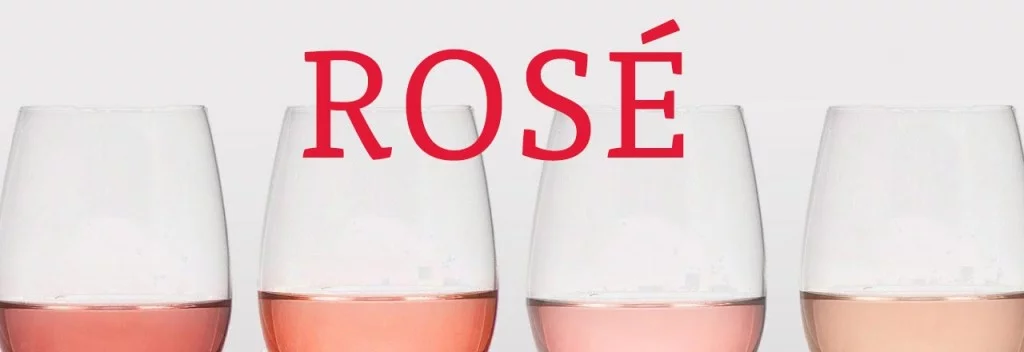Nothing says Spring like the arrival of our new, fresh vintages of rosé wines!
No style of wine is as visually pleasing: the immensely varied palate of pinks naturally appeals to one’s aesthetic sensibilities and would surely inspire any painter or interior decorator out there! This wine style’s colours range from just a faint blush to medium hued salmon to deeply vibrant pink. The range of colours is mainly related to the grapes varieties used, the growing region and the production method. By knowing a bit about the grapes that go into the rosé and how the wine is made, you can get an idea of the wine’s style and if it will suite your taste.
Where is it made? What grapes are used?
Some of the world’s best rosés come from Southern France. The star grapes are Grenache, Syrah, Mourvedre, Carignan and Cinsault. If you are looking for a more powerful, fuller-bodied rosé, try the GMS blends; while the Carignan and Cinsault varieties tend to make lighter styles. There is a small amount of Beaujolais rosé made from Gamay rouge and in the Loire Valley you’ll find rosés made from the thin-skinned, delicate, and strawberry perfumed Pinot Noir or the thicker skinned, more herbaceous Cabernet Franc. Bordeaux may be the originator of this style of wine with their lightly pigmented reds called “claret” of the late 1800’s. Here varying proportions of Merlot, Cabernet Franc, Cabernet Sauvignon and Malbec make deeper-coloured and more structured rosés.
Spain too has its share of “rosados”, frequently made from Garnacha and Monastrell grapes, but international varieties like Cabernet Sauvignon and Merlot as well as indigenous grapes like Tempranillo are used. Spanish rosados tend to be more deeply pigmented than their French neighbors.
Italy produces pink wines from North to South. Some of its better known ones are the deeply-coloured Cerasuolos from Montepulciano grapes in Abruzzo, Bardolino Chiaretto in Veneto, and the pretty copper-coloured rosés from pink-skinned Pinot Grigio grapes in Friuli.
In general, rosés from the New World (South Africa, California, Canada, Argentina, Chile, Australia, New Zealand) are usually more deeply pigmented, offer more fruit (and sometimes more residual sugar) than their old world counterparts. Though, in today’s emerging world of wine, these generalizations sometimes no longer hold true and many New World rosés are evolving more into the Old World’s more austere and dry style.
How is rosé made?
The winemaking process varies and the resulting wine depends a lot on which method is used.
1. Maceration –The most common method of rosé making . Red grapes are pressed and then the grape skins spend time soaking in the juice, like steeping a tea bag. The longer the skins sit in the juice, the more colour, aroma, flavour and tannins are extracted.
2. Vin Gris – The maceration period for making what the French call “Grey wine” is very quick and the resulting wine has just a faint blush of colour. The palest and the most delicate of rosés.
3. Saignée – Translating as “to bleed” this is the method used for making the most deeply pigmented and structured rosés. The winemaker begins by making red wine and during the fermentation period a portion of the juice is “bled off” and fermented. So from this method, you get two wines, a red wine that is darker and more structured due to the high skin-to-juice ratio, and a pink wine resulting from the “bled off” juice.
4. Blending – Some basic rosés are made by simply blending finished red wine and white wine, but some purists don’t consider these proper rosés. That said, this is an accepted process for making rosé Champagne.
Drink your rosés young, one to two years after the vintage, and properly chilled, around 12C (54F). They are infinitely versatile and taste great on a patio, as an aperitif before dinner, or paired with a range of foods such as salad, steamed mussels, smoked salmon and goat cheese, tapenade, paella, grilled chicken, Thai food, lobster, and more.
Enjoy!
-Alanna

